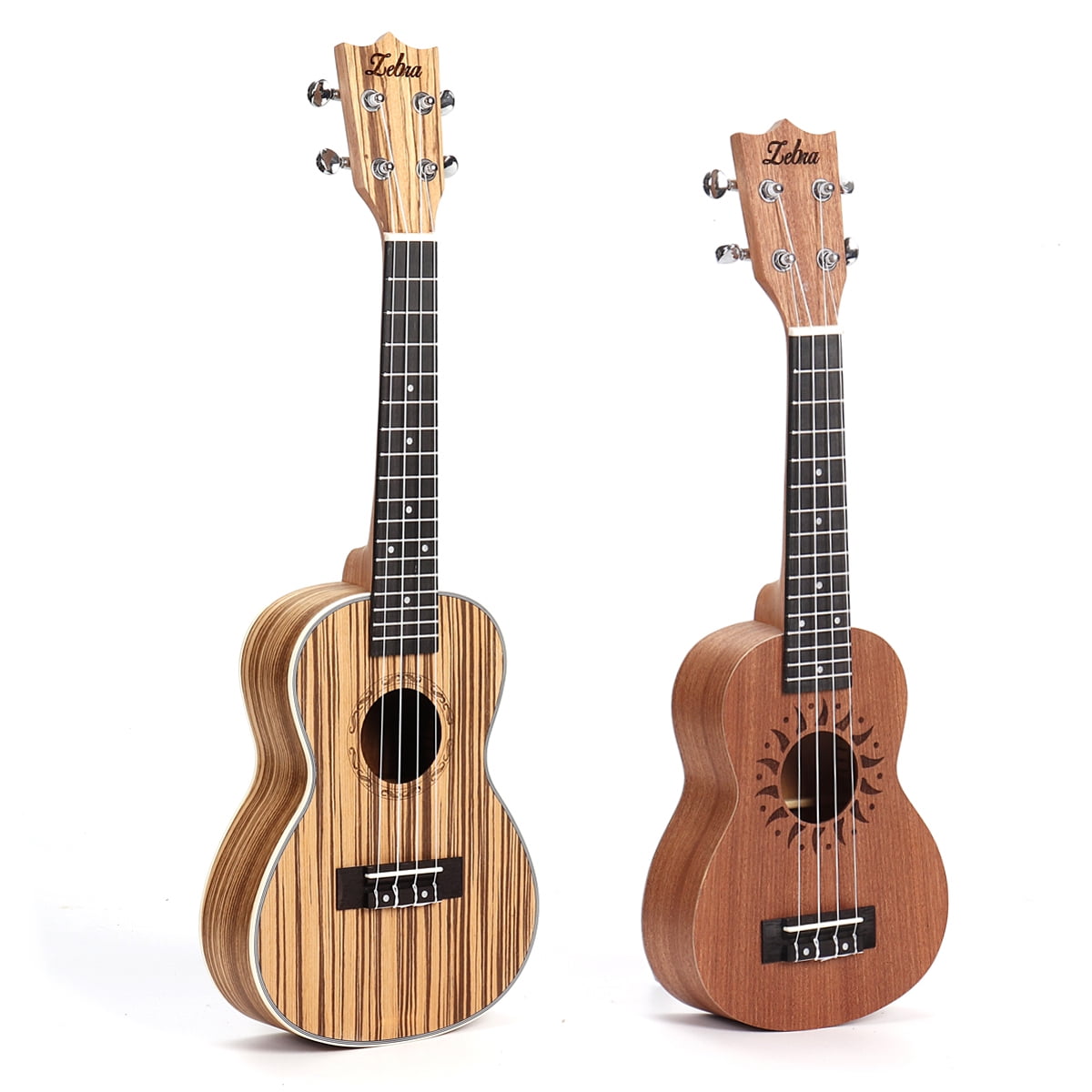
The ukulele was popularized for a stateside audience during the Panama–Pacific International Exposition, held from spring to autumn of 1915 in San Francisco. Glackens satirizing the contemporary ukulele craze. Today, Japan is considered a second home for Hawaiian musicians and ukulele virtuosos. In 1959, Haida founded the Nihon Ukulele Association. During World War II, authorities banned most Western music, but fans and players kept it alive in secret, and it resumed popularity after the war. Haida and his brother Katsuhiko formed the Moana Glee Club, enjoying rapid success in an environment of growing enthusiasm for Western popular music, particularly Hawaiian and jazz. The ukulele arrived in Japan in 1929 after Hawaiian-born Yukihiko Haida returned to the country upon his father's death, and introduced the instrument. "Ukulele in the Classroom", a revised program created by James Hill and Doane in 2008 is a staple of music education in Canada. 50,000 schoolchildren and adults learned ukulele through the Doane program at its peak.

Chalmers Doane dramatically changed school music programs across Canada, using the ukulele as an inexpensive and practical teaching instrument to foster musical literacy in the classroom.

A patron of the arts, he incorporated it into performances at royal gatherings. One of the most important factors in establishing the ukulele in Hawaiian music and culture was the ardent support and promotion of the instrument by King Kalākaua. Two weeks after they disembarked from the SS Ravenscrag in late August 1879, the Hawaiian Gazette reported that "Madeira Islanders recently arrived here, have been delighting the people with nightly street concerts." Three immigrants in particular, Madeiran cabinet makers Manuel Nunes, José do Espírito Santo, and Augusto Dias, are generally credited as the first ukulele makers. ĭeveloped in the 1880s, the ukulele is based on several small, guitar-like instruments of Portuguese origin, the machete, cavaquinho, timple, and rajão, introduced to the Hawaiian Islands by Portuguese immigrants from Madeira, the Azores and Cape Verde. The catalog describes two ukuleles from Hawaii - one that is similar in size to a modern soprano ukulele, and one that is similar to a tenor (see § Types and sizes).

One of the earliest appearances of the word ukulele in print (in the sense of a stringed instrument) is in the Metropolitan Museum of Art's Catalogue of the Crosby Brown Collection of Musical Instruments of All Nations published in 1907. Legend attributes it to the nickname of Englishman Edward William Purvis, one of King Kalākaua's officers, because of his small size, fidgety manner, and playing expertise. I'll try to keep the posts consistent, but if you'd like to help me out with a tip, please use the link below.The ukulele is commonly associated with music from Hawaii, where its name roughly translates as "jumping flea", perhaps because of the movement of the player's fingers. Share my creations is the way I found to contribute and thank the help I've always had from the 3D printing community. Please visit my profile to see my other models: In the region of the tuners I recommend doing a 100% filling using a modifier in the slicer, I attached an image of PrusaSlicer as an example. So I believe that any printer of that size will also be able to print.ĭue to the high tension of the strings it is important to print the neck and body with a high infill and at least 6 walls (if you can put 8), otherwise the pressure will warp the ukulele My printer is 225x225mm and I was able to print on the edge of the bed. The screw I used was an M5x80mm with a nut to hold the pulleys.

The tuners I bought on Aliexpress link below: I tried to make it as simple as possible using glue and only 1 screw.


 0 kommentar(er)
0 kommentar(er)
